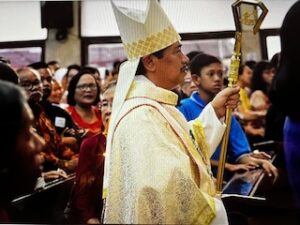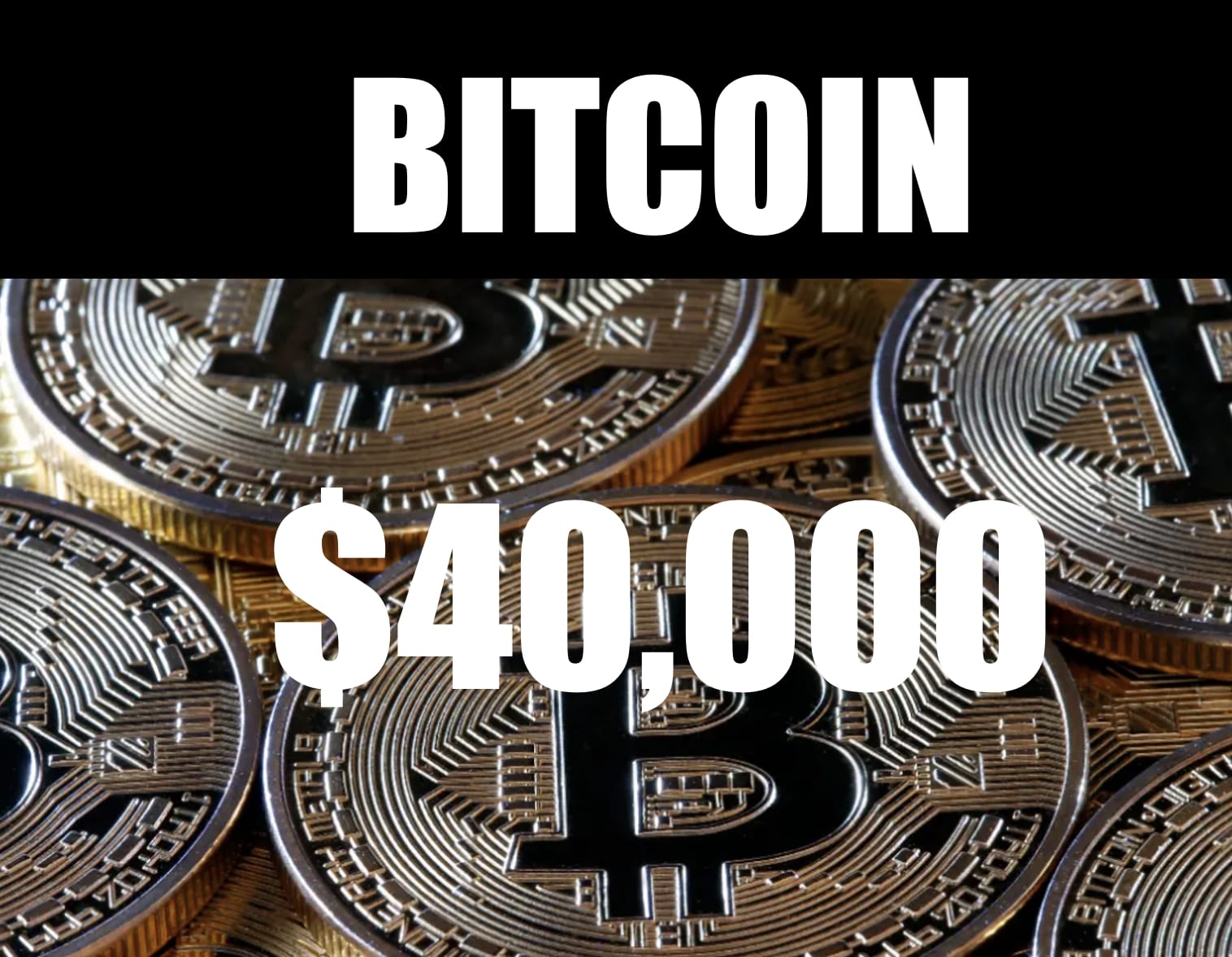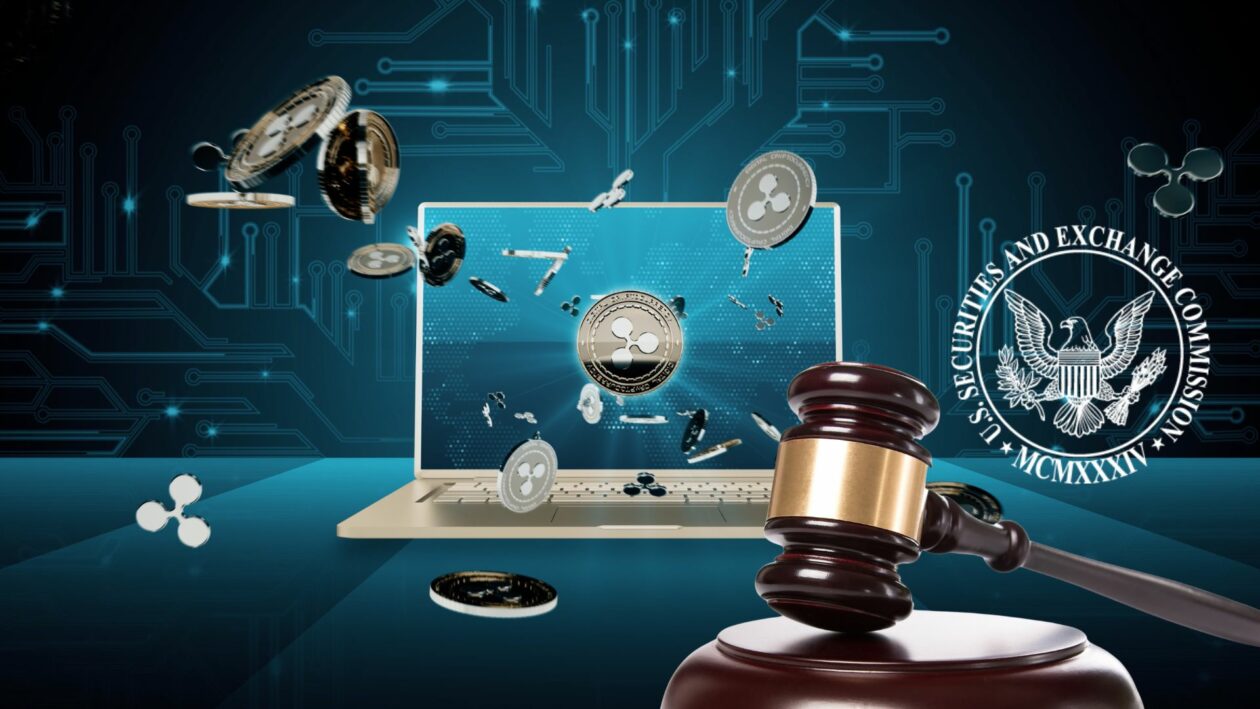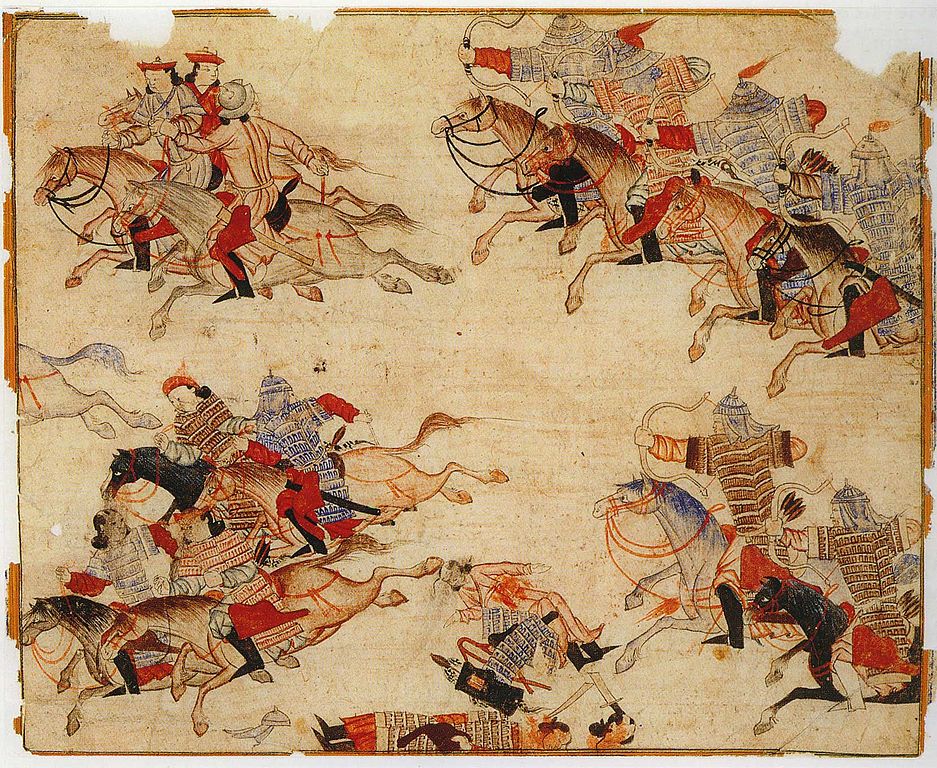The Conclave: Selecting The Next Head Of The Catholic Church

Table of Contents
History and Evolution of the Conclave
The selection of the Pope, the head of the Catholic Church, has evolved significantly throughout history. Early papal elections, often marked by popular acclaim or even imperial influence, lacked the structured process we know today. The chaotic and sometimes corrupt nature of these early elections frequently led to prolonged periods without a Pope, creating instability within the Church. The need for a more formalized and regulated system became increasingly apparent.
- Early papal elections: These were often characterized by factionalism, bribery, and even violence. The selection process was far from standardized, resulting in lengthy vacancies and power struggles.
- Development of the Conclave: The formalization of the Conclave emerged as a solution to these issues. Early forms of the Conclave began to appear in the 13th century, aiming to streamline the election process and limit outside influence.
- Historical reforms: Throughout history, numerous reforms have shaped the Conclave's procedures. These reforms aimed to address issues such as corruption, undue influence, and lengthy election periods. The rules and regulations governing the Conclave have been refined over centuries to ensure fairness and transparency.
- Key historical Conclaves: The Conclave of 1268, lasting nearly three years, stands as a stark reminder of the challenges faced before the establishment of more robust procedures. Other significant Conclaves throughout history have shaped the very fabric of the Church, influencing its direction and leadership. Studying these events provides crucial context for understanding the modern Conclave.
The Participants: Cardinals and their Role
The Conclave's participants are the Cardinals, electors chosen by the Pope for their theological expertise, pastoral experience, and dedication to the Church. Eligibility to participate in the Conclave is a critical aspect of the process.
- Eligibility criteria: Only Cardinals under the age of 80 are eligible to vote in the Papal Conclave. This age limit ensures a balance between experience and the ability to effectively lead the Church in the future.
- Cardinal Camerlengo: During the Sede Vacante (period between a Pope's death and the election of his successor), the Cardinal Camerlengo, a senior Cardinal, acts as the head of the Vatican, overseeing its administration and maintaining order.
- Cardinal influence: The influence of various Cardinals within the Conclave depends on factors such as their theological positions, geographic representation, and past roles within the Church's hierarchy. The process involves significant dynamics and considerations of various perspectives.
- Collegiality and diverse viewpoints: The Conclave embodies the concept of collegiality, where the Cardinals collectively deliberate and seek divine guidance to choose a leader. The interplay of diverse viewpoints and theological perspectives is an essential component of the election.
The Process: Secrecy, Deliberation, and Election
The Conclave is a carefully orchestrated process, marked by its secrecy and solemnity. The election takes place within the confines of the Sistine Chapel, ensuring the cardinals' focused deliberation and preventing external pressures.
- Seclusion in the Sistine Chapel: The Cardinals are confined to the Sistine Chapel, minimizing outside contact and focusing their attention on the election.
- Voting process: The voting process is highly structured, involving secret ballots and meticulous record-keeping. The ballots are meticulously counted, and any irregularities are immediately addressed.
- The "white smoke" signal: The iconic "white smoke" signal, signifying the election of a new Pope, is a visible symbol of the Conclave's conclusion and the commencement of a new era for the Catholic Church. This is a highly anticipated event worldwide.
- Maintaining the sanctity of the process: The secrecy surrounding the Conclave is essential to maintaining its integrity and ensuring the cardinals’ freedom to make their choices without outside influence or pressure. This is vital for the legitimacy of the election.
- Papal Conclave and Continuity: The Papal Conclave plays a crucial role in ensuring the continuity of the papacy and the spiritual leadership of the Catholic Church. It is a process deeply rooted in tradition, yet constantly adapting to the changing world.
Challenges and Criticisms of the Conclave
While the Conclave is a deeply respected tradition, it has faced criticism and challenges in the modern era.
- Lack of transparency: Concerns have been raised about the lack of transparency within the Conclave. Critics argue for greater openness and accountability in the selection process.
- Representation of diverse viewpoints: Debates continue about the composition of the College of Cardinals and whether it adequately represents the diversity of views and experiences within the global Catholic Church.
- Political maneuvering: The potential for political maneuvering and factions within the Conclave remains a concern, with some arguing that the process is susceptible to strategic alliances and power plays.
- Calls for reform: Suggestions for modernizing the Conclave, such as incorporating elements of greater transparency and broader representation, are frequently discussed within Church circles and in broader society.
Conclusion
The Conclave remains a pivotal event in the Catholic Church, a process steeped in history and tradition while facing modern challenges. Understanding its complexities, from its historical evolution to its current procedures, offers insight into the leadership structure and the future direction of the Catholic faith. The next time the world watches for the white smoke signaling the end of a Conclave, the knowledge gained here will add depth to the significance of this momentous occasion. To learn more about the fascinating history and intricacies of papal elections, continue researching the Conclave and its profound impact on the Catholic world.

Featured Posts
-
 100 000 Bitcoin Recent Surge Breaks 10 Week High
May 07, 2025
100 000 Bitcoin Recent Surge Breaks 10 Week High
May 07, 2025 -
 Ripples Xrp A Path To 3 40 Market Analysis And Predictions
May 07, 2025
Ripples Xrp A Path To 3 40 Market Analysis And Predictions
May 07, 2025 -
 History Shows Warriors Shouldnt Fear Blowout Losses
May 07, 2025
History Shows Warriors Shouldnt Fear Blowout Losses
May 07, 2025 -
 Lewis Capaldis Star Continues To Rise Albums Continued Success
May 07, 2025
Lewis Capaldis Star Continues To Rise Albums Continued Success
May 07, 2025 -
 Wybory Papieskie Premiera Ksiazki Ks Przemyslawa Sliwinskiego W Warszawie
May 07, 2025
Wybory Papieskie Premiera Ksiazki Ks Przemyslawa Sliwinskiego W Warszawie
May 07, 2025
